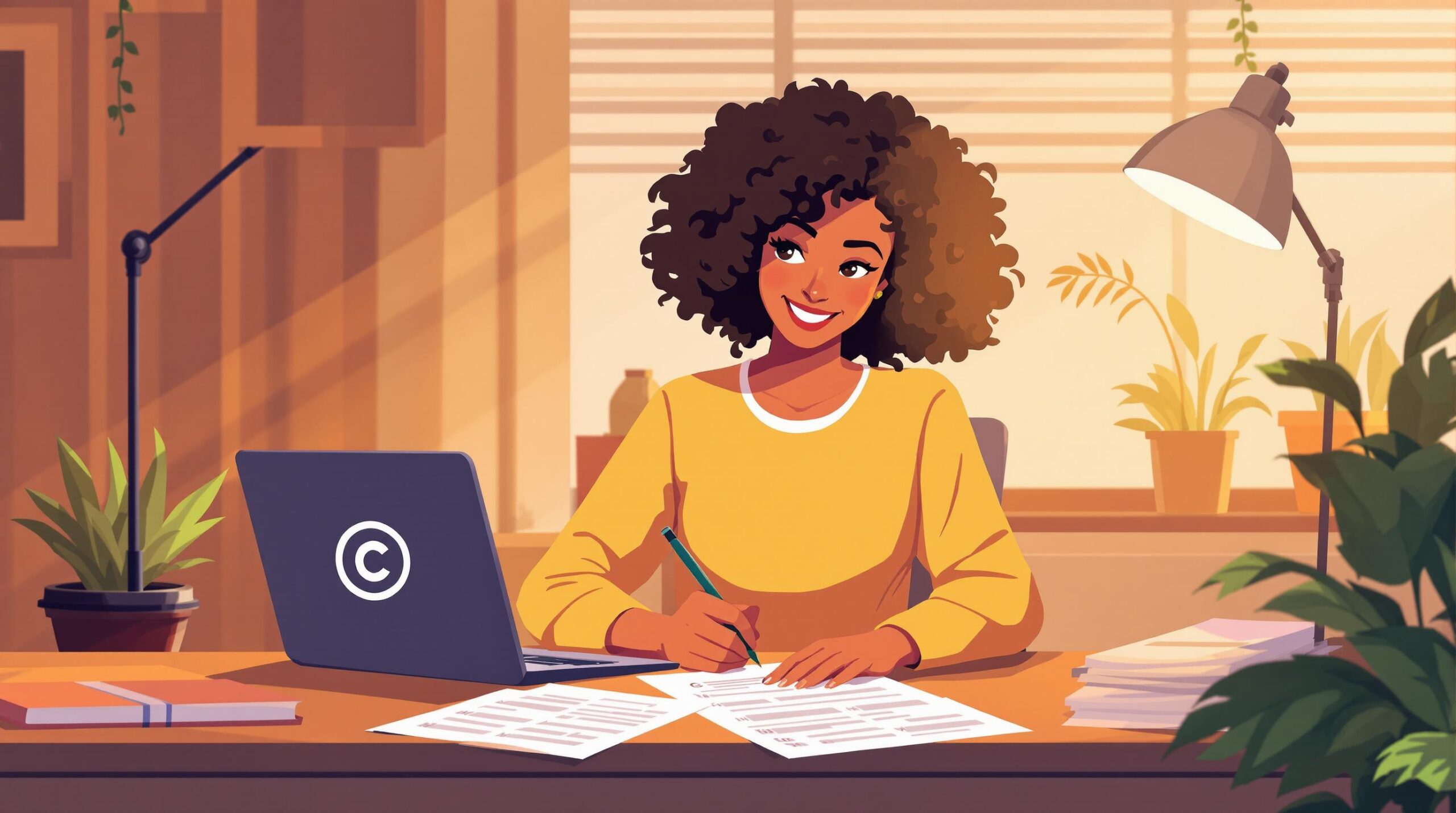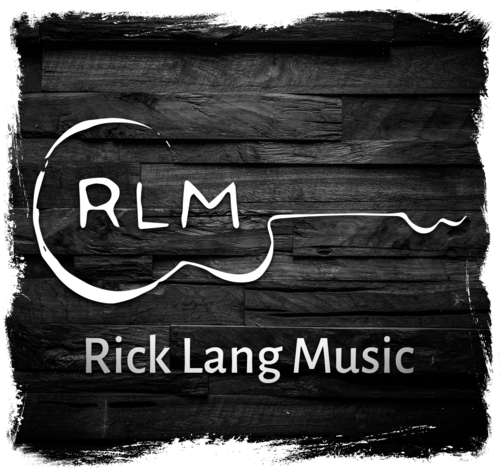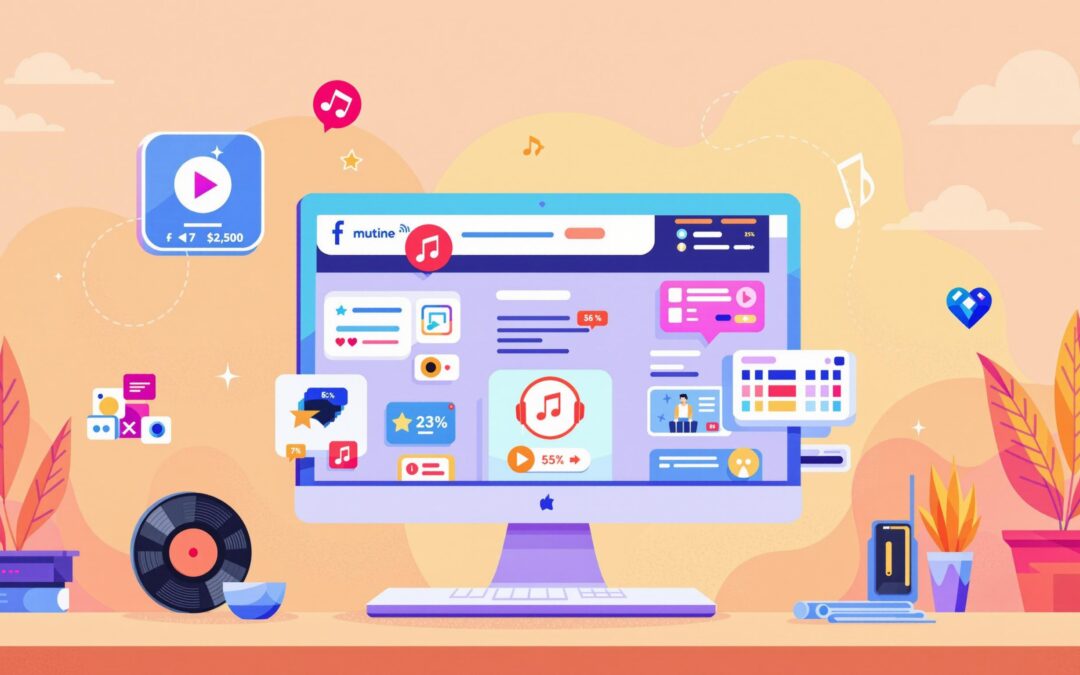Copyright protects your music automatically as soon as it’s created, covering both the composition and the recording. It gives you exclusive rights to reproduce, distribute, perform, and license your work, lasting for your lifetime plus 70 years. Registering your copyright adds legal benefits like eligibility for statutory damages and public ownership records.
Key Takeaways:
- What’s Protected: Melodies, lyrics, recordings (not basic elements like chord progressions).
- Duration: Lifetime + 70 years (or up to 120 years for works made for hire).
- Why Register: Required for lawsuits, strengthens legal claims, and enables statutory damages.
- Cost: Registration starts at $45 for single works.
To maximize protection, register your works, work with PROs (like ASCAP or BMI), and monitor for unauthorized use on digital platforms. Stay informed about evolving challenges like AI-generated music and piracy.
The Music Copyright Knowledge I Regret Not Having Sooner
Music Copyright Law Fundamentals
This section dives into the legal principles that safeguard your music, building on core copyright concepts.
Proving Original Work
Your music is automatically protected by copyright as soon as it’s captured in a tangible form – whether that’s a recording on your phone or a digital notation.
"Copyright protection exists from the moment an original work is fixed in a tangible medium." – U.S. Copyright Office
However, not all elements of a song are protected. Simple chord progressions, common phrases, individual words, and standard rhythms are considered too basic for copyright. What’s protected is the unique arrangement or combination of these elements that reflects your creativity.
Next, let’s look at how long this protection lasts under different circumstances.
How Long Copyright Lasts
The duration of copyright protection depends on when and how the work was created. For works made after January 1, 1978, the copyright lasts for the creator’s lifetime plus 70 years. For anonymous or pseudonymous works, as well as works created on a "work for hire" basis, protection lasts for 95 years from publication or 120 years from creation – whichever comes first. For works with multiple authors, it extends 70 years after the last surviving author’s death. Older works, created before 1978, benefit from extended protection under the Sonny Bono Copyright Term Extension Act, lasting 95 years from the original copyright date .
| Type of Work | Duration of Protection |
|---|---|
| Works created after January 1, 1978 | Life of the creator + 70 years |
| Anonymous, pseudonymous, or works made for hire | 95 years from publication or 120 years from creation (whichever is shorter) |
These timelines ensure creators maintain control over their work for decades, granting exclusive rights that we’ll explore next.
Rights Given to Copyright Owners
Copyright law provides creators with a set of exclusive rights over their music, including:
- Reproduction Rights – Control over copying or reproducing your work.
- Distribution Rights – Authority over how your music is shared or sold.
- Derivative Work Rights – Control over adaptations like remixes or new arrangements.
- Public Performance Rights – Rights to control live performances or broadcasts.
- Public Display Rights – Authority over displaying sheet music or lyrics.
- Digital Audio Transmission Rights – Control over digital streaming and broadcasts.
You can choose to license these rights separately, allowing flexibility in how your work is used by others . Keep in mind, violating even one of these rights can lead to infringement, and unauthorized use might infringe on multiple rights at once.
Copyright Registration Steps
Copyright protection is automatic as soon as you create your work, but registering it offers important legal benefits, like enforcing your rights in court. Here’s why registration matters and how to do it.
Why Register Your Work
Registering your work creates a public record of your ownership. Plus, you need registration to file a copyright infringement lawsuit in federal court .
"Since copyright protection is automatic from the moment a work is created, registration is not required in order to protect your work. However, there are numerous benefits to registration and therefore it is highly recommended, if feasible."
- Copyright Alliance
How to Register
You can register your work online through the U.S. Copyright Office. Here’s a quick look at the main filing options:
| Filing Type | Cost | Best For |
|---|---|---|
| Single Author (one work) | Starts at $45 | Individual songs by a sole creator |
| Standard Application | Starts at $65 | Most music registrations |
| Group Album Registration | Starts at $100 | Multiple songs published together |
| Paper Filing | Paper registration: $65, Recordation: $125 | Special cases requiring physical submission |
To save money, consider these tips:
- Group Registration: If you have multiple unreleased songs by the same author, you can register them together. For instance, registering 10 songs as a group costs about $184, which breaks down to roughly $19 per song .
- Timing: If your work is published, register within three months of publication to stay eligible for statutory damages and attorney’s fees in case of infringement .
- What to Submit: Provide recordings or sheet music with details like creation dates, author names, and publication status to confirm originality.
Legal Benefits of Registration
Registration offers several legal advantages. It makes your work eligible for statutory damages and attorney’s fees in lawsuits. Works registered within five years of publication are considered strong evidence of copyright validity in court . Registration also allows you to use the Copyright Claims Board (CCB) for resolving disputes involving damages under $30,000 .
"Registration is recommended for a number of reasons. Many choose to register their works because they wish to have the facts of their copyright on the public record and have a certificate of registration. Registered works may be eligible for statutory damages and attorney’s fees in successful litigation. Finally, if registration occurs within five years of publication, it is considered prima facie evidence in a court of law."
- U.S. Copyright Office
Taking these steps can help you secure and manage your music rights more effectively.
sbb-itb-1c6af30
Managing Your Music Rights
After registering your music, it’s crucial to manage your rights effectively to safeguard your work and maximize your earnings.
Working with PROs
Performing Rights Organizations (PROs) ensure songwriters and composers get paid when their music is performed publicly. In the U.S., ASCAP and BMI are the two largest PROs, each offering distinct features:
| Feature | ASCAP | BMI |
|---|---|---|
| Membership Size | 900,000+ members | 1.4+ million members |
| Works Represented | 13+ million | 22.4+ million |
| Membership Fee | One-time fee for all | Free for songwriters, fee for publishers |
| Board Structure | Writers and publishers only | Includes broadcasters and industry professionals |
"ASCAP is a performing rights organization of more than one million songwriters, composers and music publishers. We are the only PRO in the US that operates on a not-for-profit basis, and the only one that puts creators first." – ASCAP
Choosing the right PRO is an important step, but establishing sound publishing agreements is equally critical.
Music Publishing Guide
Music publishing agreements determine how your songs generate income and how royalties are divided. The industry standard is a 50/50 split between the songwriter and publisher . Here are some common types of agreements:
- Co-Publishing Agreement: You share revenue and retain partial copyright ownership.
- Administration Agreement: The publisher collects royalties but does not own the copyright.
- Individual Song Agreement: Allows you to work with different publishers for specific songs.
When reviewing publishing deals, pay close attention to advance payments – these must be recouped before you see additional royalties . Always consult a legal expert before signing any agreement to protect your rights and interests.
Understanding licensing is also key, especially when it comes to cover songs and samples.
Cover Songs and Sample Rights
Creating cover versions or using samples involves specific licensing requirements:
For Cover Songs:
- A mechanical license is required, with the statutory rate currently set at 12.4 cents per download or physical copy .
- Streaming platforms use blanket mechanical licenses through the Mechanical Licensing Collective (MLC) .
- Songs in the public domain don’t require mechanical licenses .
For Samples:
- You need permission from both the recording and songwriting copyright holders .
- Samples don’t fall under compulsory licensing, so terms are negotiated individually .
- Keep detailed records of all sample clearances and agreements.
"BMI is the bridge between songwriters and the businesses and organizations that want to play their music publicly. As a global leader in music rights management, BMI serves as an advocate for the value of music…" – BMI
Current Copyright Challenges
The rise of digital platforms and AI technology has introduced new hurdles in protecting music copyrights. Knowing these challenges is key to safeguarding your creative work.
Digital Platform Rights
Digital platforms have made music more accessible than ever, but they also bring unique copyright issues. For example, YouTube’s Content ID system helps manage copyrighted music by automatically identifying it across millions of uploads . Other platforms, however, face distinct challenges:
| Platform Type | Copyright Issues | Protection Measures |
|---|---|---|
| Social Media | Unapproved use in paid posts and influencer content | Licensed music libraries and content monitoring tools |
| Streaming Services | Illegal downloads and piracy | DRM systems and watermarking |
| User-Generated Content | Unlicensed remixes and covers | Automated content detection and takedown systems |
Digital piracy is still a major issue. In Q1 2022 alone, piracy websites saw over 52.5 billion visits – a sharp increase of 29.3% compared to the previous year . To keep your music safe online, consider these steps:
- Register your work with the U.S. Copyright Office before sharing it online.
- Use digital watermarking to track unauthorized use.
- Monitor platforms regularly (tools like Google Alerts can help) and act quickly using DMCA takedown notices.
"Digital copyright infringement occurs when someone uses, copies, or distributes digital content without the permission of the copyright holder." – ETB Law
A recent example of enforcement: In May 2024, Sony Music sued Marriott for $139 million over unauthorized use of music in influencer campaigns . While digital platforms pose their own challenges, AI technology adds even more complexity to copyright protection.
AI Music and Copyright
AI tools are changing how music is created, but they also complicate copyright laws. The U.S. Copyright Office has clarified that works made entirely by AI cannot be copyrighted . However, human involvement in AI-assisted music can help secure copyright claims.
Here’s what to keep in mind when protecting AI-assisted compositions:
-
Human Creative Input
Keep records of your contributions, like writing lyrics, adjusting melodies, or arranging music. These details strengthen your copyright claim . -
Platform Rights
Carefully review the terms of service for AI music tools. Some platforms allow only limited usage rights or require extra licensing for commercial use . -
Documentation
Maintain thorough records of your creative process, including:- Original AI outputs
- Human modifications
- Final versions of the work
- Any creative decisions you made
Adding human elements, such as live recordings, original vocals, or custom arrangements, can further protect your music.
As technology continues to evolve, staying updated on legal changes and keeping detailed documentation will be essential for protecting your rights in both digital and AI-driven music creation.
Conclusion
Main Points Review
Copyright law plays a crucial role in safeguarding your musical works in the digital age. For works created after 1978, protection extends for the author’s lifetime plus an additional 70 years .
Here’s a quick overview of key copyright elements:
| Protection Type | What It Covers | Duration |
|---|---|---|
| Musical Composition | Melody, harmony, lyrics | Life + 70 years |
| Sound Recording | The actual recording itself | Life + 70 years |
| Works for Hire | Commercial projects | 95 years from publication |
| Digital Rights | Online platforms, streaming | Terms set by the platform |
With 179 countries part of the Berne Convention as of 2021 , international copyright laws have become more aligned, giving creators stronger protections across borders.
Action Items
Take these steps to ensure your music is protected:
-
Register Your Work
Submit your compositions and recordings to the appropriate copyright office. Keep thorough records of your creations. -
Join Professional Organizations
Sign up with a PRO (Performance Rights Organization) and SoundExchange to secure performance royalties and other rights. -
Use Protection Tools
Add digital watermarks to your recordings. Activate Content ID on platforms like YouTube. Use automated tools to track and address unauthorized usage.
It’s also important to keep up with changes in copyright laws, especially in areas like AI-generated music and digital platforms. For example, the RIAA’s recent actions against AI music services, with penalties reaching $150,000 per infringement , highlight the importance of staying vigilant.



